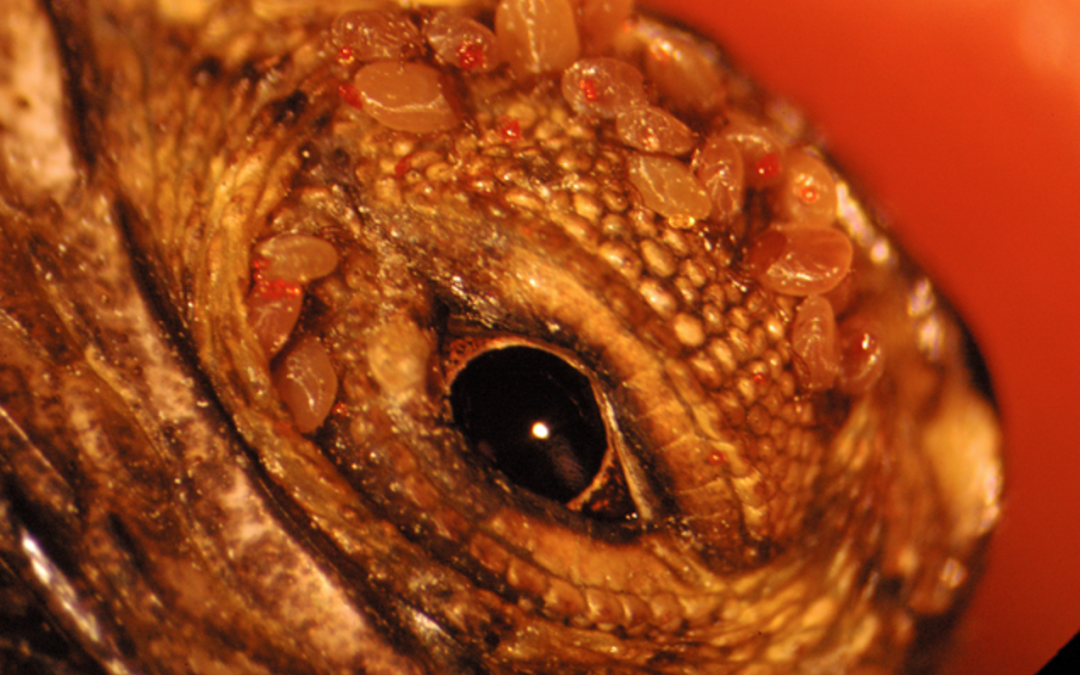
by admin | May 31, 2023 | AOTY23, biology, earth and environment
Each year, male Western fence lizards bob, charge, and battle rivals for a chance to win mates. For many of them, tick infestations threaten to hinder their best efforts by harming the lizards’ health. But just how harmful is tick parasitism for these unfortunate lizard hosts? In their recent research, Dylan Lanser, Dr Larisa Vredevoe, and Dr Gita Kolluru at California Polytechnic State University aimed to answer this question by staging contests between tick-free and tick-infested lizards.
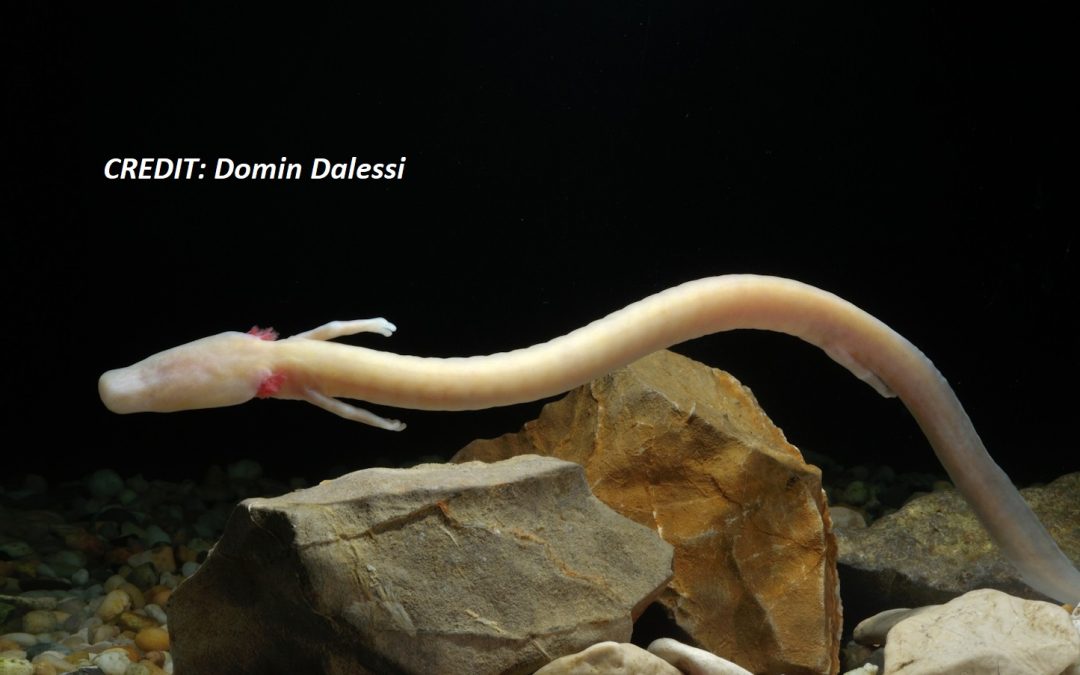
by admin | May 17, 2023 | biology, earth and environment
The genetic secrets to extraordinary longevity, superhero-like healing and regeneration, and resistance to feeding disorders could be found hidden within the Earth. In underground caves in Dinaric Karst along the Adriatic Sea in the Western Balkans lives a cave salamander, the olm, whose remarkable adaptations mean its genome holds great promise for biomedical research. Dr Rok Kostanjšek and an international team of scientists at the Proteus Genome Research Consortium are tackling the challenge of sequencing the huge olm genome, to provide the basis for studying its unique genetic characteristics.
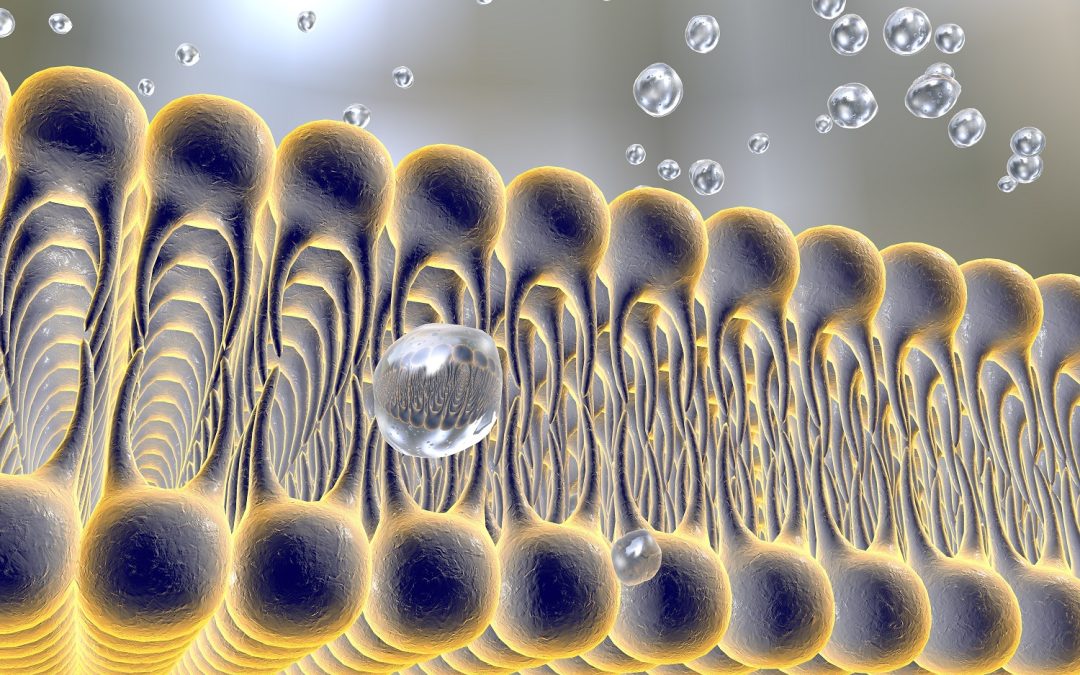
by admin | May 10, 2023 | biology, health and medicine
Cell membranes are critical for life. Effectively extracting proteins with naturally associated lipids from cell membranes is necessary for research, but traditional methods may damage these membrane components and limit the accuracy of scientific data. Dr Youzhong Guo at Virginia Commonwealth University has recently developed a revolutionary method for extracting membrane components in the form of Native Cell Membrane Nanoparticles. His team’s exciting work advances our understanding of the structure, function and interactions of membrane proteins and lipids.
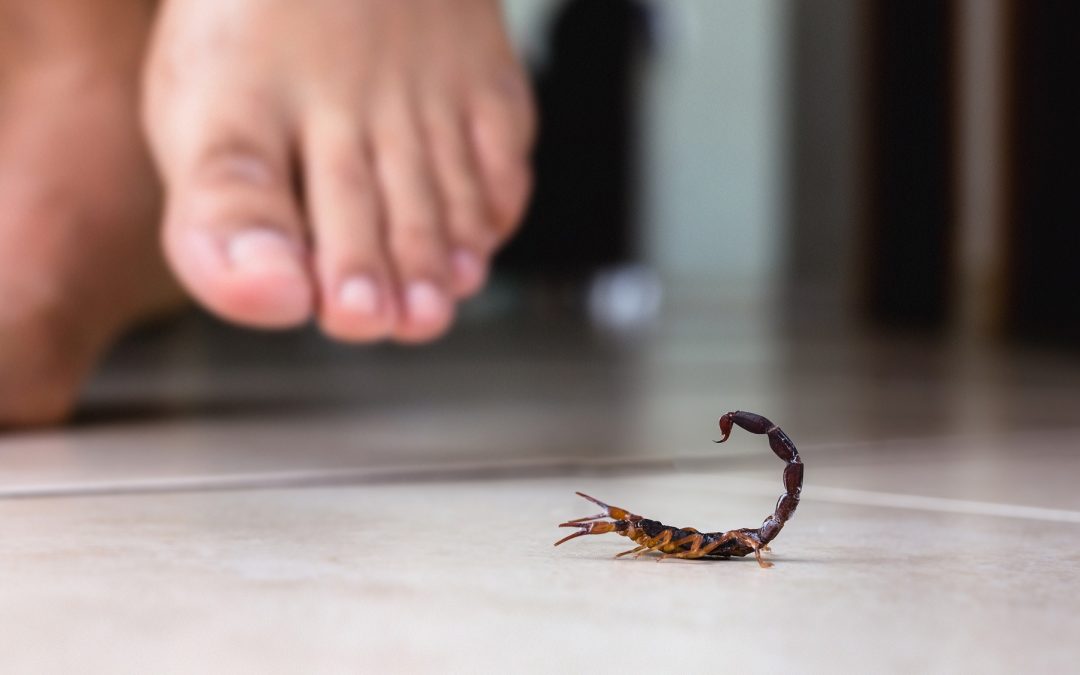
by admin | Apr 12, 2023 | biology, earth and environment
Arthropods – a group of invertebrates that includes insects, spiders, centipedes and woodlice – are everywhere, and have inhabited this planet for millions of years. They are found in most habitats on Earth – including our gardens and homes. It is in these built environments that a small number are considered a nuisance when sharing our ‘sacred space’. An even smaller number damage buildings or belongings, eat our food – even feed on us – so we label them… pests! Successful management of pest populations requires an understanding of their specific lifestyles and their requirements for food, water, shelter, breeding sites, and favourable temperatures. A team of entomologists at the University of Georgia recently published a guidebook of more than 100 arthropods found in and around homes in the South-eastern USA.

by admin | Jan 18, 2023 | biology
Eggs are marvellous – they contain all the sustenance needed to make a young bird within their protective shell, and when destined for the plate, they are nutritious and delicious. For many of us, cracking open an egg for breakfast to discover two yolks in the pan is a pleasant surprise. However, if eggs are nature’s miracle of packaging, then double-yolked eggs must be nature’s mistake – a mistake that still holds many mysteries. To answer some persisting questions, Dr Attila Salamon and Dr John Kent of University College Dublin examined our collective knowledge on double-yolked eggs in a recent review.
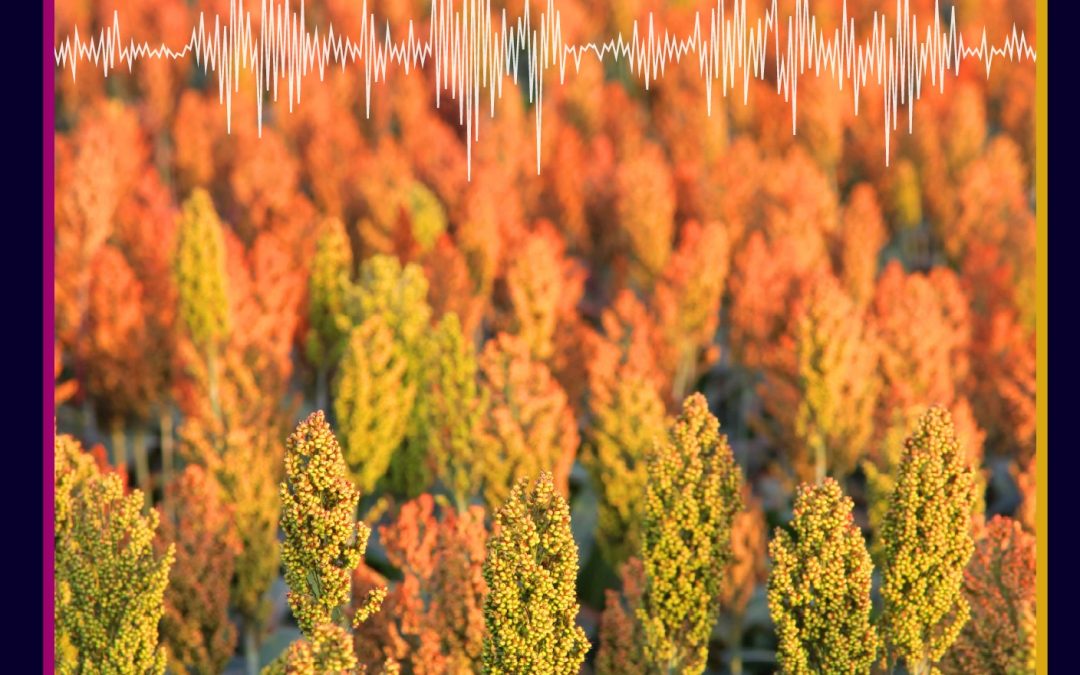
by admin | Jan 11, 2023 | biology, earth and environment
Future food security is one of the key global challenges facing society. Climate change presents significant threats to our ability to produce staple food crops – particularly in regions already vulnerable to droughts. Dr Kahiu Ngugi and his research team from the University of Nairobi and other institutions in Kenya investigated numerous varieties of sorghum – one of the world’s most important cereal crops. Their aim was to find new genes that would allow the crop to withstand both drought and a common parasitic weed.






